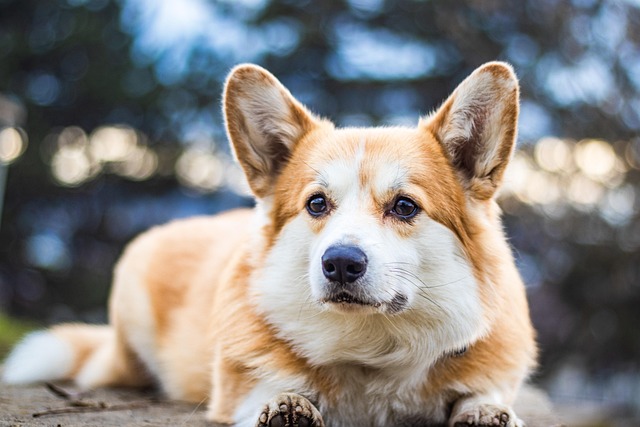
How do i train my dog to be obedient?
Watching your dog dart across the park ignoring your calls isn’t just frustrating—it can put them at risk near busy streets or public spaces.
If you’ve ever come home to a chewed-up couch or a hyper pup zooming around your living room, you might be wondering if your dog falls into the group that needs extra activity. Many new dog owners don’t realize that certain breeds aren’t just “energetic”—they have biological needs for movement that go beyond a quick walk around the block. Ignoring this can lead to boredom, anxiety, and even destructive behaviors, which is why matching exercise needs to your lifestyle is key.
Dogs that need lots of exercise often have roots in working or herding roles, where stamina and focus were essential. Breeds like Border Collies, Australian Shepherds, and Siberian Huskies, for example, were built to run, herd sheep, or pull sleds for hours. From a behavior science perspective, this means their brains and bodies crave both physical activity and mental stimulation— a 20-minute walk alone won’t cut it. They need tasks, like fetch with a frisbee or agility training, to burn off energy in a healthy way.
 For owners, figuring out “how much” exercise means blending consistency with variety. A good rule is 60-90 minutes of daily activity for high-energy breeds, split into two or three sessions. This could include a morning jog, an afternoon trip to a dog park (where they can socialize and run freely), and a evening training game with treats. If you live in an apartment—common in many U.S. cities—get creative: use stairwells for short walks, or invest in puzzle toys to keep their minds busy when you can’t go outside.
For owners, figuring out “how much” exercise means blending consistency with variety. A good rule is 60-90 minutes of daily activity for high-energy breeds, split into two or three sessions. This could include a morning jog, an afternoon trip to a dog park (where they can socialize and run freely), and a evening training game with treats. If you live in an apartment—common in many U.S. cities—get creative: use stairwells for short walks, or invest in puzzle toys to keep their minds busy when you can’t go outside.
It’s also crucial to tie exercise to local rules and cultural norms. In most U.S. areas, dogs need up-to-date vaccines (like rabies) before they’re allowed in public spaces—this keeps both your pup and others safe. Always carry poop bags, too; leaving waste behind is not only rude but often illegal, with fines in many neighborhoods. And remember: positive reinforcement is key here—never punish your dog for being restless if they don’t get enough exercise. Instead, adjust your schedule to meet their needs.
High-energy dogs thrive when they’re part of your routine, but they aren’t the right fit for everyone. If you work long hours without time for daily walks, or prefer a more laid-back pet, a breed like a Bulldog or Shih Tzu might be better. But if you love hiking, running, or spending time outdoors, a dog that needs lots of exercise can be your perfect companion—just make sure you’re ready to commit to their physical and mental well-being every day.

Watching your dog dart across the park ignoring your calls isn’t just frustrating—it can put them at risk near busy streets or public spaces.

New puppy owners often find themselves rushing to clean up accidents before they set in, and that’s where puppy pad training becomes a game-changer.

If you've noticed your dog's waistline disappearing and your veterinarian has mentioned those few extra pounds, your first instinct might be to simply reduce the amount of food in their bowl.

Training a dog to use a designated spot indoors isn’t as daunting as many new owners fear, but it does take consistency and an understanding of your pet’s needs.

That moment of dread on a walk is all too familiar for many new dog owners. You see another dog approaching down the sidewalk of your neighborhood

If the sight of another dog on your neighborhood walk makes your heart sink as your own dog erupts into a frenzy of barking and lunging, you're not alone.